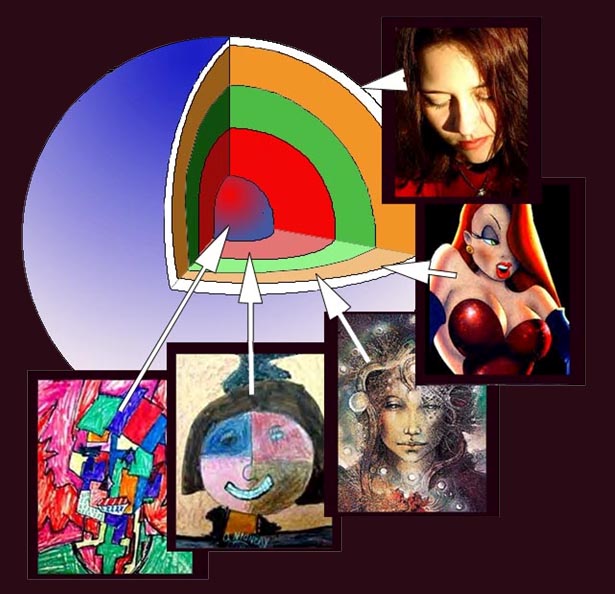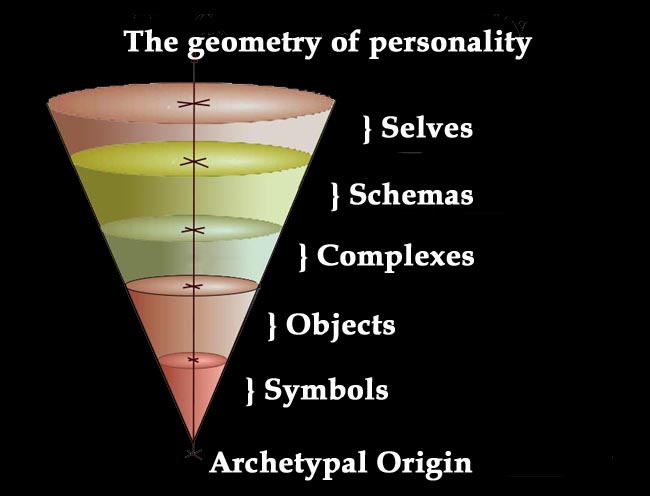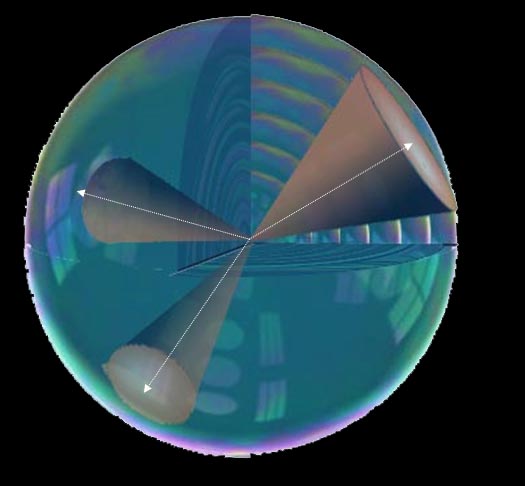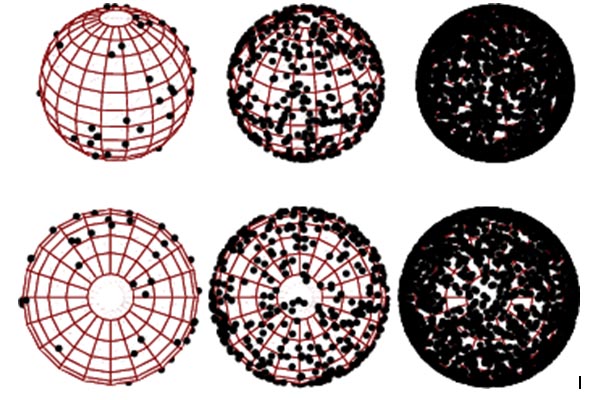|
| In-site navigation |

|
Back to Home
|
| Dealing with Anxiety |
 |
Links coming soon
|
| Links coming soon |
 |
Links coming soon
|
| Additional Links |
 |
Fall 2002
To be announced
|


|
|
|
|
Return to Freedom and Dignity
An upcoming book by Dr. Matthew Bennett

Jung’s concept of archetypes remains among the least understood and least frequently applied in mainstream psychology. This paper investigates theoretical contexts of archetypes including assumptions of teleology and nativism, and their function as dynamic organizers of thought, affect, and perception. Similarities are drawn with other formulations of mental representations: cognitive schema, symbols, complexes, “selves,” and “objects” (as in object-relations models).
Cognitive-behavioral and constructivist approaches are critiqued for their failure to provide a coherent model of the innate mind due to an emphasis of the learned over the innate. The discussion proposes that a clinically useful model of the human mind would include innate and learned aspects of personality and behavior. The paper describes a theoretical “great divide” between nativist and experiential theories, with the implication that the explanatory and clinical power of the models suffer because of a relative inability to address one aspect of psychological functioning or the other.
Archetypes provide the theoretical “missing link” which allows a universal “translation” of theoretical constructs. Archetypes are described as one aspect of a spectrum of “mental representations” ranging from the most inchoate, dynamic, and unconscious (the archetypes) to the most rigid, experience-driven, and available to conscious awareness (the schemas). Archetypes serve as the primal material for innate features of the mind, which are likely biologically hard-wired, and the progressive influence of life and interpersonal experience forge other representational structures with varying degrees of flexibility, power, and vesting of affect. The constructs are sequenced as follows:
1) Archetype
2) Symbol
3) Object
4) Complex
5) Schema
6) Self
The layers are formed one upon the other, ascending towards conscious awareness and differentiation. With ascending differentiation and theoretical “distance” from the primal archetypal sphere, what is universal (at the archetypal level) becomes mutable through cultural and interpersonal forces.

A predictive geometric model may be derived where the personality is modeled as a sphere, with the archetypal source of unconscious material at the center of the sphere. A “constellated” archetype bisects the layers of the sphere above it, resulting in a cone. This model allows empirical predictions with clinical and theoretical implications.
Mental representations (including the self-image) coalesce around archetypal images, achieving increasing continuity and stability. The task of the mature personality is to assimilate a wide range of internal realities (which gives the personality flexibility) while maintaining continuity.
Archetypal themes become activated through individual and cultural experience, causing a spreading activation of higher-level systems of representation.

Cutaway of the sphere shows the six horizons of the personality (archetype, symbol, object, complex, schema, self). The broken white line represents the “trajectory” of the activated archetype, constellating representational layers above it and resulting in a cone. Base of the cone indicates predominance of the archetype/schema array on the total personality.

Given a satisfactory operationalization of the archetypes (and schemas, etc), it is theoretically possible to map them on a circumplex, and eventually on a spherical model. Useful circumplex models have already been employed in interpersonal theory.
| |